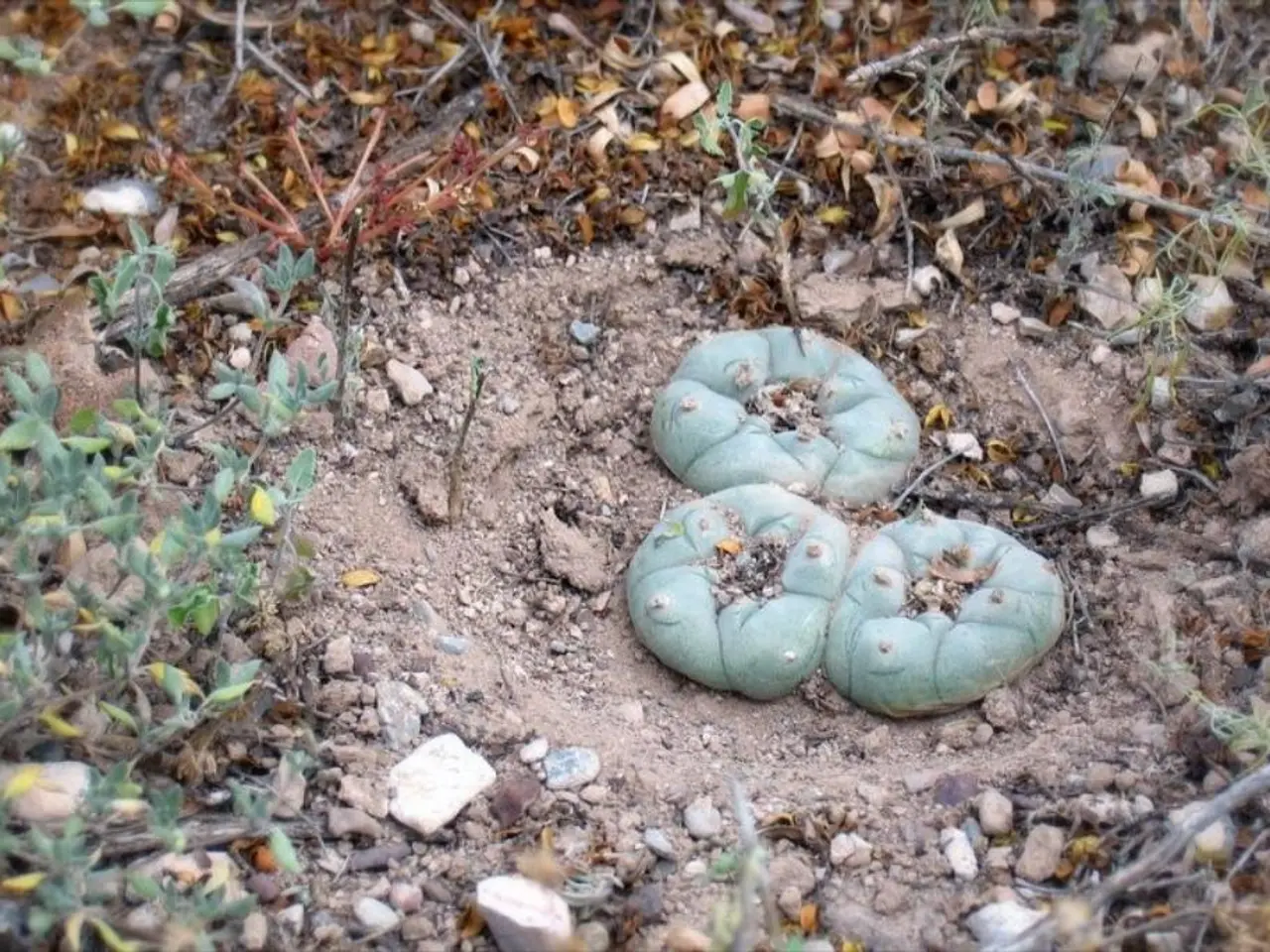Cultivating Zucchini-Friendly Soil: A Comprehensive Guide in Phases
Growing Zucchini: A Comprehensive Guide
If you're planning to grow zucchini in your garden, you're in for a treat! This versatile vegetable thrives in the right conditions and with a bit of care. Here's a guide to help you create the perfect environment for your zucchini plants.
Firstly, the ideal soil pH for zucchini is between 6.0 and 7.5, slightly acidic to neutral soil[1][4]. Zucchini prefers a well-drained soil that is rich in organic matter, typically amended with compost to ensure fertility and moisture retention[1][2]. To prepare the soil, mix in about 2 inches of screened compost to enrich it with nutrients and improve its texture for good drainage and moisture retention[1][2]. Loosen the soil to a depth of at least 8 inches to allow roots to penetrate easily and promote healthy growth[2].
When it comes to soil temperature, zucchini seeds should be sown after the last frost in soil that is sufficiently warm, generally above 60°F (16°C), to promote quick sprouting[1]. If your soil pH is too low or too high, you can adjust it using garden lime or ground sulphur, respectively[5].
Zucchini plants need around 1-2 inches of water per week, thriving in soil that is kept consistently moist but not waterlogged[1][3][5]. Use a soaker hose or drip irrigation to water the plants deeply and frequently, especially when fruit starts to form, to avoid getting too much moisture on the leaves[5]. Consider adding organic materials like peat moss or perlite to improve drainage and aeration in the soil[5].
For container or raised bed planting, adjust the amount of compost or manure accordingly, using a lighter, fluffier mix for containers and a specialized raised bed mix for raised beds[2]. Zucchini plants require a hole or mound of soil that is about 6 to 12 inches (15-31 cm) high and 12 to 24 inches (31-61 cm) wide for proper root spread and nutrient access[3]. Mulching with a 2-3 inch thick layer of mulch can help stabilize soil moisture levels, reduce the need for irrigation, and keep the ground temperature stable[3].
Lastly, provide your zucchini plants with full sun exposure (6 to 8 hours daily) for optimal growth[1][3][5]. Mulching, adding a balanced fertilizer at the time of planting, and regular watering will help ensure a bountiful harvest of zucchini. Happy gardening!
[1] Gardening Know How. (n.d.). Growing Zucchini: How to Grow Zucchini Squash. Retrieved from https://www.gardeningknowhow.com/edible/vegetables/zucchini/growing-zucchini.htm
[2] The Spruce. (2019, September 26). How to Grow Zucchini: Tips for Zucchini Planting and Care. Retrieved from https://www.thespruce.com/how-to-grow-zucchini-1412113
[3] The Old Farmer's Almanac. (2020). How to Grow Zucchini. Retrieved from https://www.almanac.com/plant/how-to-grow-zucchini
[4] University of Illinois Extension. (n.d.). Growing Zucchini. Retrieved from https://web.extension.illinois.edu/cfivt/pdfs/Growing_Zucchini.pdf
[5] Fine Gardening. (2019, July 1). How to Grow Zucchini: A Comprehensive Guide. Retrieved from https://www.finegardening.com/article/how-to-grow-zucchini-a-comprehensive-guide
Adults interested in cultivating a bountiful harvest of zucchini may find a lifestyle change appealing, integrating home-and-garden activities into their daily routine. To optimize the growth of zucchini plants, DIY enthusiasts can create ideal environments through selective home-improvement, such as adjusting soil pH levels, incorporating well-drained, well-amended soil, and ensuring proper watering and drainage in both gardens and containers.




